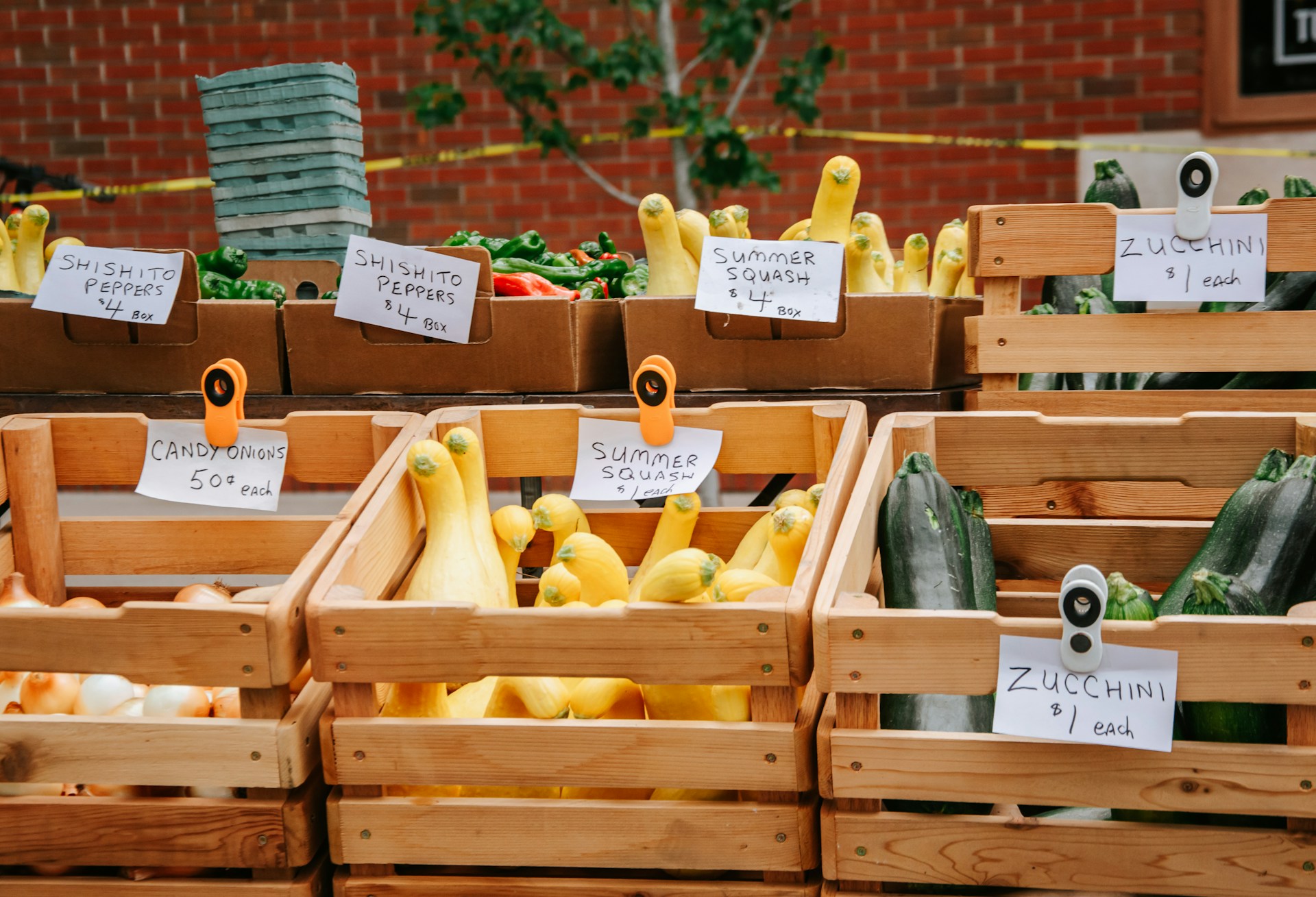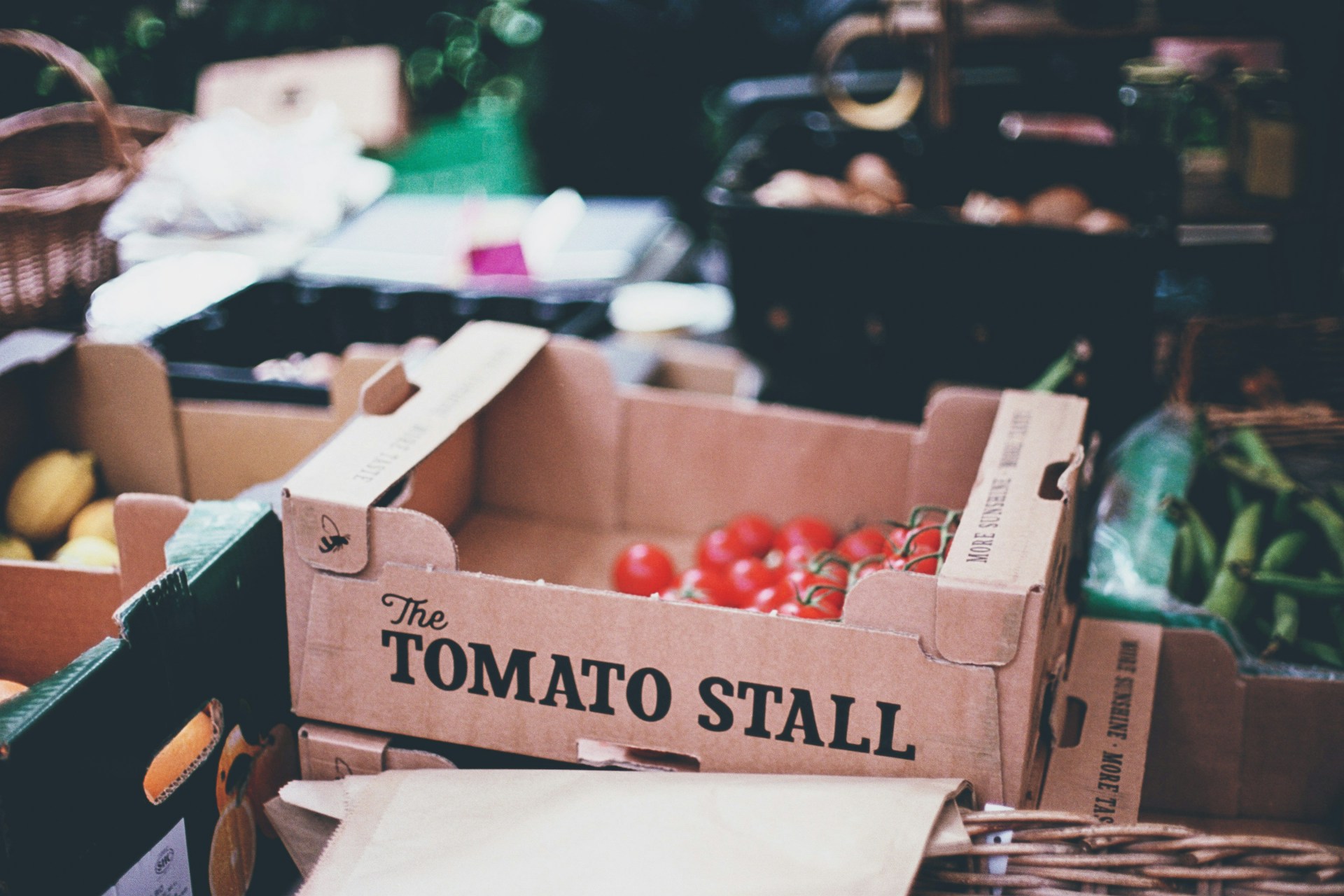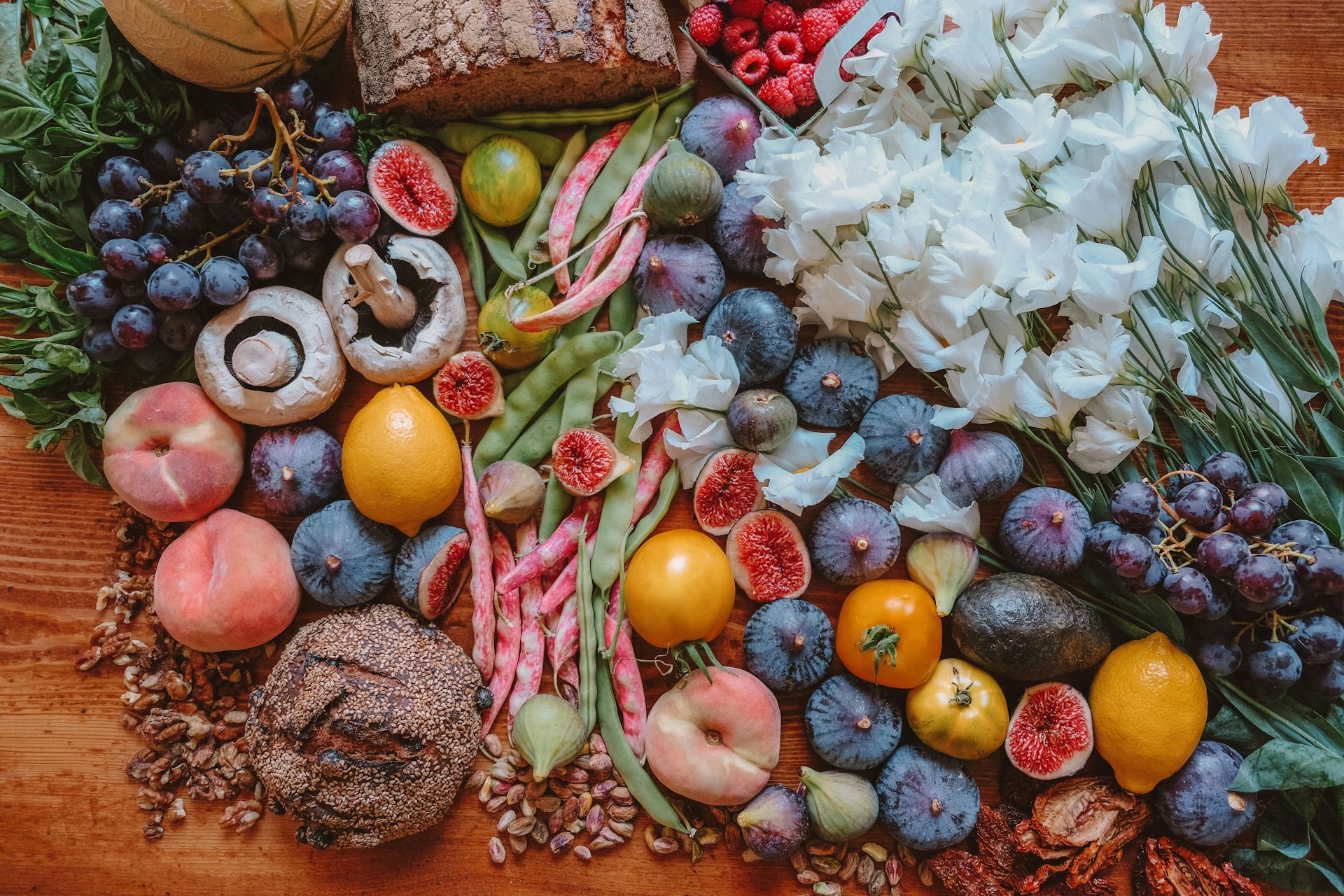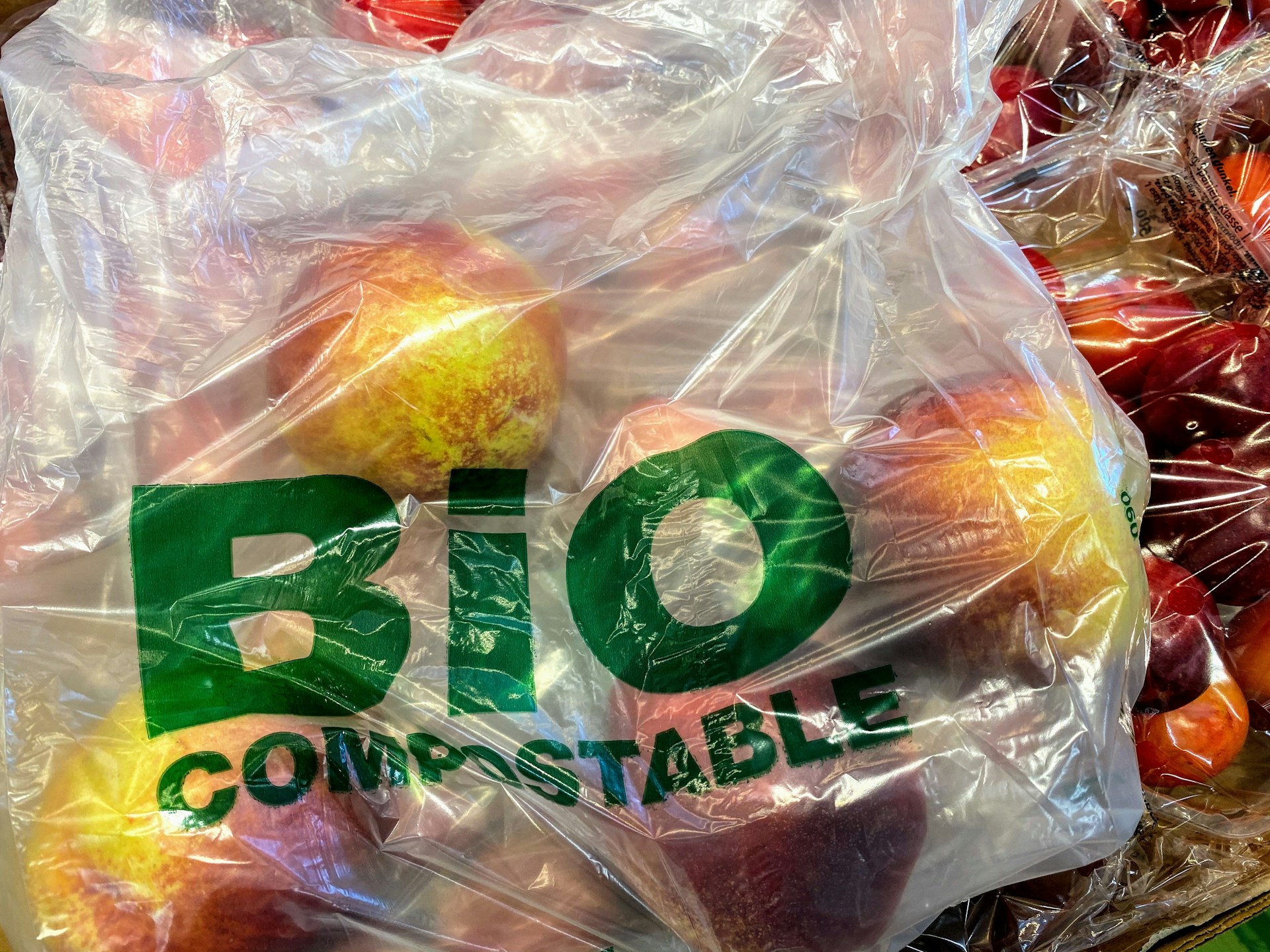Across various industries, sustainability is at the forefront of conversations and strategies.
The focus on eco-friendly solutions is becoming increasingly relevant and necessary, particularly in areas like packaging.
These shifts are sparking significant transformations and benefits for not only the environment but also businesses and consumers.
One such field experiencing these evolutions is the produce sector.
This innovative sphere is now making headway with sustainable packing materials.
Detailed below, you will find how these green initiatives are altering the landscape and what this could mean for the future.
Contents
Sustainable Packing Materials Revolutionizing Produce
1. Mushroom-based packaging materials
In the course of searching for sustainable packaging alternatives, mushroom-based packaging materials have gained significant recognition.
This revolutionary packing material uses agricultural waste combined with mycelium, the root structure of mushrooms.
Instead of using harmful, non-biodegradable styrofoam, which is notorious for its damaging effects on the environment, mycelium provides a fully sustainable and biodegradable option.
Its production involves the inoculation of agricultural waste with mushroom mycelium, which then grows, intertwining to form a strong, molded material perfect for packing.
If left to grow further, this mycelium mass will eventually form mushrooms, which are then harvested while the remaining material is used for packing, effectively ‘upcycling’ agricultural waste into a useful product.
Mushroom packaging decomposes in just a few weeks and can be composted at home, leading to zero waste.
This new and innovative approach is not only sustainable but also helps reduce the carbon footprint of packaging.
The process uses less energy and resources than traditional plastic or styrofoam packaging, and since the base material is agricultural waste, it requires no additional land use.
In addition, the production of mushroom packaging materials does not emit any harmful greenhouse gases.
Several companies around the world already have started using this sustainable alternative for their product packaging.
For example, IKEA, the world’s largest furniture retailer, announced that it aims to replace all styrofoam packaging with mushroom-based alternatives.
This move by IKEA and similar ones by other large corporations illustrate the business world’s increasing commitment to sustainability, and the promise of mushroom packaging in this regard.
Like all new technologies, mushroom packaging also faces challenges in widespread adoption, including scalability and initial costs.
Nonetheless, with further research and development, the mushroom-based packaging materials have the potential to revolutionize the packing industry.
Thus, the rise of mushroom packaging signifies a crucial step towards a more sustainable future and a drastic reduction in packaging waste.
2. Plant-based Biodegradable Plastics
Plant-based biodegradable plastics are a significant breakthrough in sustainable packaging materials, offering a green alternative to non-degradable plastics that pollute and harm our environment.
Utilising renewable resources such as corn, potatoes, and other starch-rich plants, these types of biodegradable plastics are not only compostable but also have a lesser environmental impact in their production.
Unlike traditional plastics derived from petroleum, plant-based biodegradable plastics degrade within a few months in composting conditions, thus reducing landfill pollution.
The increased use of these biodegradable packaging materials across various industries signifies a significant move towards a more sustainable and eco-friendly economy.
Furthermore, the material properties of plant-based biodegradable plastics are comparable to traditional plastics, making them a suitable alternative in packaging applications like produce packaging.
They can be used to produce everything from vegetable trays, fruit punnets, and plastic films, thus aiding in preventing food waste by increasing shelf-life and quality.
The technology behind biodegradable plastics is fast-evolving, encompassing innovative manufacturing processes to improve recyclability and biodegradability.
However, for plant-based biodegradable plastics to become truly effective, considerations must be made regarding its end-of-life management.
Specific facilities and procedures need to be in place to ensure the composting of these materials, while consumer education on correct disposal is crucial.
It is also essential to consider the sustainable sourcing of the plant materials used in the production of these biodegradable plastics, ensuring minimal environmental impact.
Another advantage of using plant-based materials in producing biodegradable plastics is the potential for carbon sequestration, serving as a viable strategy for mitigating climate change.
However, while plant-based biodegradable plastics offer tremendous potential, further research and development are needed to overcome the challenges such as high costs, sourcing issues, and other technical complications.
With the right infrastructure, policies, and consumer behaviour, plant-based biodegradable plastics can revolutionize the world of produce packaging, leading the way to a more sustainable future.
The application of plant-based biodegradable plastics in the packaging industry signifies a huge step forward in sustainable development, as industries and consumers alike become more conscious of their environmental footprint.
3. Recycled Cardboard and Paper Containers
One effective approach to sustainable packaging materials making waves in produce markets is the use of recycled cardboard and paper containers.
These materials, being green alternatives, are favorable in the context of environmental conservation.
They are sourced from pre-used waste materials thereby promoting a circular economy-based approach towards environmental care and sustainability.
Recycled cardboard and paper containers can significantly reduce the need for new raw materials hence reduce deforestation and environmental degradation.
By reusing paper and cardboard waste, industries can significantly save resources while ensuring that their outputs remain high quality and reliable.
Moreover, this type of packaging is highly versatile and flexible in applications, suiting a wide variety of produce products.
In fact, consumers are growing in appreciation towards recycled cardboard or paper packaging for this exhibits an eco-conscious approach from the merchant’s end.
This increases trust and enhances customer’s loyalty, proving that such packaging is not just earth-friendly but also business-friendly.
Besides, the technology employed in recycling cardboard and paper has grown exponentially over the years, enhancing the functionality and durability of the final products.
Interestingly, the development of methods that allow inks and glues to be removed from used paper and cardboard means the recycled products are safe and do not contain hazardous substances.
Therefore, they can be safely disposed of, preferably through composting or recycling, without any risk of environmental pollution.
Also, manufacturers are finding ways to produce these containers with minimal energy resources and greenhouse gas emissions, thus contributing to the fight against climate change.
The drive towards sustainable packaging materials, especially recycled paper and cardboard containers, is a step in the right direction for environmental conservation.
Its benefits are holistic, providing a solution that caters to both the present and future generations.
It is indeed a revolution in the produce sector and the broader business fronts.
Therefore, what remains is a concerted effort in implementing the usage of recycled cardboard and paper containers broadly and making it a dominant norm in the packaging world.
The Bottom Line
It’s abundantly clear that sustainable materials such as mushroom-based packaging materials, plant-based biodegradable plastics, and recycled cardboard and paper containers represent a vital shift for our environment.
Both innovative and responsible, these materials are providing necessary solutions to the excessive waste problem we currently face.
By integrating these materials into our daily practices, businesses, and industries, we are contributing to the restoration of our planet’s health while encouraging sustainable living and production.
As sentient beings, it is our moral and ethical responsibility to transpose such resources for the betterment of our planet and future generations.
Therefore, the exploration and adoption of these eco-friendly alternatives is not just an option; it’s an imperative.
The future of our world depends on our actions today.




